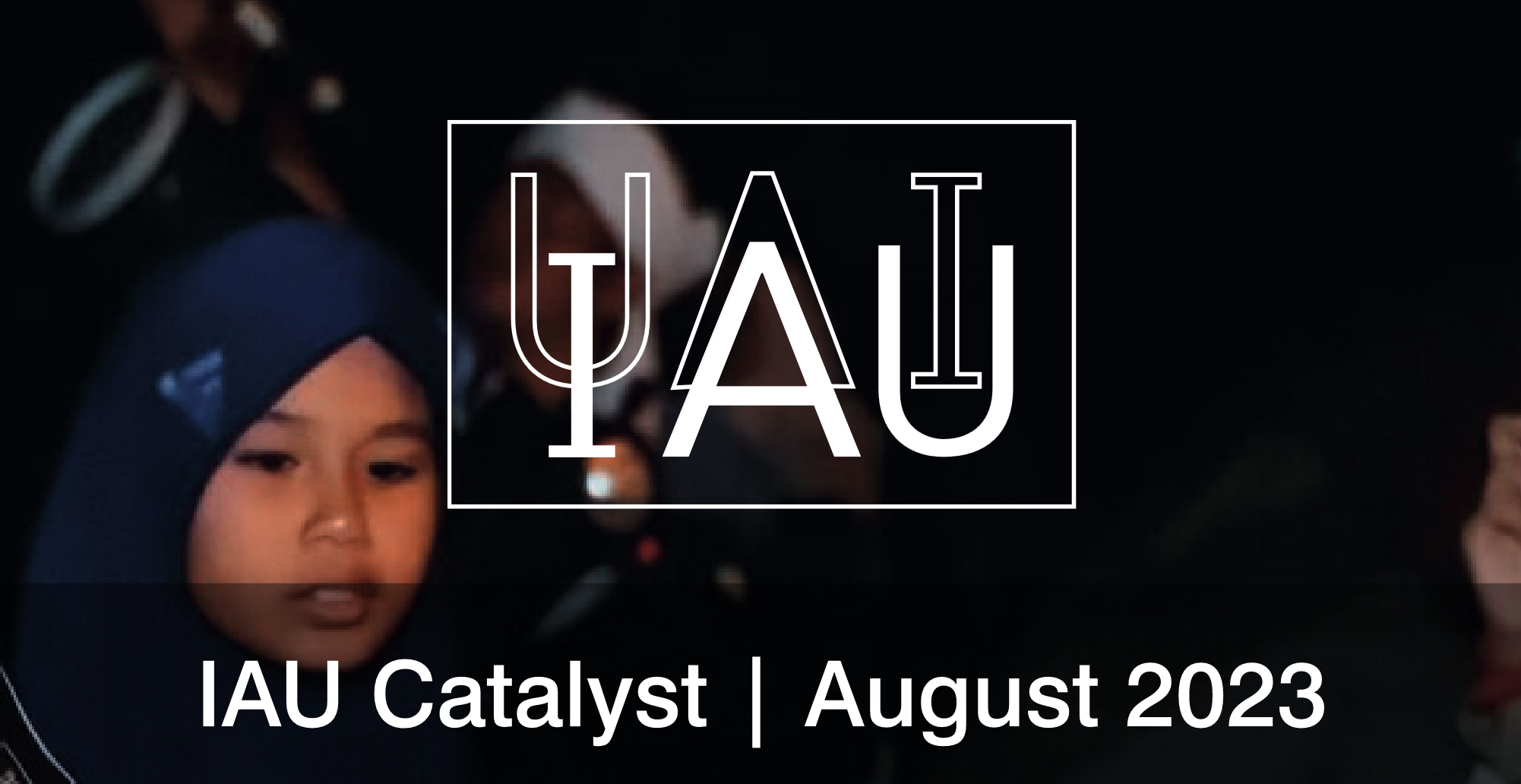- News
- Science
- Scientific Bodies
- Divisions
- Commissions
- Commission A1 Structure
- Commission A2 Structure
- Commission A3 Structure
- Commission A4 Structure
- Commission B1 Structure
- Commission B2 Structure
- Commission B3 Structure
- Commission B4 Structure
- Commission B5 Structure
- Commission B6 Structure
- Commission B7 Structure
- Commission C1 Structure
- Commission C2 Structure
- Commission C3 Structure
- Commission C4 Structure
- Commission C5 Structure
- Commission D1 Structure
- Commission E1 Structure
- Commission E2 Structure
- Commission E3 Structure
- Commission E4 Structure
- Commission F1 Structure
- Commission F2 Structure
- Commission F3 Structure
- Commission F4 Structure
- Commission G1 Structure
- Commission G2 Structure
- Commission G3 Structure
- Commission G4 Structure
- Commission G5 Structure
- Commission H1 Structure
- Commission H2 Structure
- Commission H3 Structure
- Commission H4 Structure
- Commission J1 Structure
- Commission J2 Structure
- Commission J3 Structure
- Commission X1 Structure
- Commission X2 Structure
- Past Commission Organising Committees
- Working Groups
- Centres
- Scientific Meetings
- Rules & Guidelines
- General Assemblies
- Meeting Proposals
- Future IAU Meetings
- General Assemblies
- EC Meetings
- Officers' Meetings
- Regional Meetings
- Symposia
- Focus Meetings
- Institutional Meetings
- IAU Offices Meetings
- IAU-Sponsored Meetings
- Letters of Intent submitted for 2024
- Letters of Intent submitted for 2023
- Letters of Intent submitted for 2022
- Letters of Intent submitted for 2021
- Letters of Intent submitted for 2020
- Past IAU Meetings
- Templates
- Other Meetings
- Grants & Prizes
- Scientific Bodies
- Publications
- IAU Publications
- IAU Strategic Plan
- Symposia
- WGSBN Bulletins
- Regional Meetings
- Information Bulletins/Catalyst
- E-Newsletters
- Focus Meetings
- Transactions A
- Transactions B
- Related Publications
- GA Newspapers
- CAPjournal
- IAU Books
- Brochures
- IAU Offices
- WG Reports
- Commission Reports
- Division Reports
- Past IAU Publications
- Rules, Guidelines and Instructions for Proceedings
- Publishers
- IAU Publications
- Administration
- About the IAU
- Statutes & Rules
- IAU Policies
- IAU Executive Bodies
- IAU Secretariat
- Resolutions
- Members Administration
- Administrative Dates & Deadlines
- International Organisations Relations
- Donate to the IAU
- Training in Astronomy
- Astronomy for Education
- Astronomy for Development
- Astronomy for the Public
- Office for Astronomy Outreach
- FAQ
- Themes
- Satellite Constellations
- Astronomy in Everyday Life
- How to Report a Discovery
- Careers in Astronomy
- Defining our Place in the Cosmos
- The Constellations
- Light Pollution
- Measuring the Universe
- Near Earth Objects
- How to Participate in Astronomy Research
- Naming of Astronomical Objects
- Naming of Exoplanets
- Buying Star Names
- Naming Stars
- Pluto and the Solar System
- IAU Member Statistics
- Our Moon: the Moon
- Meteors & Meteorites: The IAU Definitions of Meteor Terms
- UNESCO-IAU Portal to the Heritage of Astronomy
- Social Media
- Past Events
- Call for Online Resources
- Astronomy@Home Awards
- Contact
IAU Focus Meetings (GA)
FM 10: Stellar explosions in an ever-changing environment
Start date/time
August 11, 2015
End date/time
August 13, 2015
Place
Honolulu,
United States
Contact
Christina Thöne
cthoene@iaa.es
Coordinating Division
Division J Galaxies and Cosmology
Other Divisions:
D
Co-Chairs of SOC:
Christina Thöne (IAA - CSIC)
Lise Christensen (DARK, NBI)
Topics
- Host galaxies of GRBs, SNe and massive stars
- Starburst galaxies as potential hosts of massive stellar explosions
- Diversity of GRBs, SNe and their progenitors
- Dependence of stellar evolution on the properties of their progenitors and environments
- Resolved observations of the explosion environments
- Influence of stellar explosions on their environments
- Chemical evolution of galaxies due to massive stellar explosions
- Probing the first galaxies with GRBs
- Future facilities and techniques
Rationale
The explosion of massive stars as GRBs and SNe are among the most powerful and luminous events in the Universe. Their progenitors require special conditions to form and upon their explosive death, they release energy and heavy elements back into their environment and a new cycle of star-formation begins with different initial conditions. These stellar explosions play an important role in the general evolution of galaxies across the entire history of the Universe. In this Focus Meeting we want to foster the interaction between the different communities working on massive stellar explosions, star-forming galaxies and galaxy evolution, observational as well as theoretical, to improve the scientific communities’ knowledge on their mutual influences.
Several hundred GRBs have been localized since the launch of the Swift satellite in 2004 but many mysteries concerning their progenitors still remain. Long GRBs are usually accompanied by a broad-line Type Ic supernova and are thought to originate from metal poor massive stars found in young star-forming regions. Those conditions are primarily met in dwarf galaxies in the local Universe, but the exact requirements to be a GRB progenitor, in terms of metallicity, angular momentum, binarity etc. are unknown. Short GRBs are the product of the coalescence of two compact stellar remnants and tend on average to occur in older populations than the long bursts. There are indications for sub-populations such as long GRBs without supernovae, or short GRBs with extended emission and it remains an open question whether this maps to distinct progenitors. Similarly, SN classification has diversified in the last decade. In particular, new untargeted surveys like PTF or PanSTARRS allow us to discover completely new types such as superluminous supernovae (SLSNe) that had gone undetected previously and might require particular conditions to form.
The key questions to address are: Which galaxy types are capable of hosting the different kinds of explosions? How well are they represented by the different starburst galaxy populations in the nearby Universe? Are the hosts of stellar explosions any way special in terms of star-formation history, their ability to form new stars, their chemical composition or their environment? Do we need large star-formation triggers to produce the star-formation necessary that leads to those stellar explosions?
Spatially resolved observations of the environment of stellar explosions outside the local group have only been done in the past few years. Studies at different wavelengths are now able to resolve individual star-forming regions, gas in- and outflows from starburst galaxies, ionized regions and abundances in great detail. This can give some important clues on the composition of the progenitor star, especially when the progenitor is too distant to be detected. The crucial question to answer is, whether we will be able to conclusively relate the properties of the environment to those of the progenitor and which observations do we need for this.
How different is the evolution of the progenitor under different initial conditions? Are there clear criteria for different progenitors and their end states? How different can the conditions be throughout a galaxy and what role does spatial resolution play in our conclusions? What can we learn from high-resolution observations in the local Universe for applications at high redshift?
Massive explosions surely do not leave their environments and host galaxies unaltered. Stellar explosions can both inhibit and give rise to new (massive) star formation in their surroundings and hosts. SNe and GRBs are responsible for the creation of most heavy elements, released or first created during the explosion. This enriches the host galaxy with metals that will influence the composition of the next generation of stars. And finally, the metal rich material can even leave the galaxy via galactic winds and deplete the intergalactic medium.
How would a GRB remnant look like and are there any examples of them in the local Universe? To which degree do stellar explosions influence the star-formation in their surroundings and in their hosts in general? What is their role in the feedback of energy and metals into the intergalactic medium? How do they influence the formation of new massive stars and their properties? Which influence do they have on the evolution of their hosts in general?
Last but not least, stellar explosions, in particular GRBs, allow us to trace star-formation across the entire history of the universe out to the very first galaxies. GRBs in particular have the great advantage to trace any massively star-forming galaxy whereas high-redshift galaxy surveys are flux-limited and currently can only detect the most massive galaxies. As they are found at any redshift, they are also an excellent tool to study the evolution of (star-forming) galaxies and their composition from the first stars until today. Which role do galaxies hosting stellar explosions play in the general star-formation history of the Universe? How well do they trace global star-formation? How have the conditions in star-forming galaxies changed over time?
In this meeting we want to bring together observers and theorists from both the GRB/SN and the starburst galaxy communities. We want to approach the link between massive stellar explosions and their hosts using different wavelengths and observing techniques and relate them to state of the art stellar evolution and stellar population modeling.
From an observational perspective, this meeting will profit from a number of facilities that are being commissioned now and that will deliver the first important results in the near future. Large IFU surveys are currently ongoing (e.g., CALIFA) or in planning (e.g., MANGA and SAMI) together with facilities in the optical and IR such as KMOS/MUSE at the VLT. Narrow-band tunable filters allow studies at imaging resolutions which are available, e.g., at GTC and planned in the IR for JWST. ALMA will have completed cycle 2 observations by the time of the GA. With its interferometric capabilites and high sensitivity it will give us new resolved information on cold gas in star-forming galaxies. On the other end of the spectrum, X-ray facilities such as XMM observe and resolve the hot gas and signatures of outflows in star-forming galaxies. We want to bring together all these different observations to obtain a complete picture of star-forming galaxies which we then can extend to higher redshifts where resolution is limited. The availability and first results of all these observing opportunities makes the meeting very timely for 2015.
The proposed meeting builds on a small conference held in September 2013 in Spain “Galaxies meet GRBs at Cabo de Gata” (Chaired by C. Thöne and A. de Ugarte Postigo) which brought together people from the GRB and galaxy communities. It proved to be a great success and made clear the need for further interactions between these two branches of astronomy. A large international meeting like the GA is a great place to further foster and greatly extend this very new interdisciplinary topic. Another driver for this meeting was that at previous GAs, the GRB and SN communities have been somewhat underrepresented, which we want to improve with the proposed FM, at the same time widening the topic to interaction of massive stellar explosions with their hosts and environments.
Our SOC is composed of mainly young researchers that only recently started on permanent positions, but that are nevertheless known experts in the field. This can be seen as a weakness, but we actually think it is a big strength to get new fresh ideas and opinions. We also want to point out that the SOC has an equal number of male and female researchers, furthermore, the chair and co-chair are both women as well as IAU members. We hope that the selection committee finds our cross-division FM attractive, proposing a topic unprecedented in any IAU symposium or GA meeting.

















